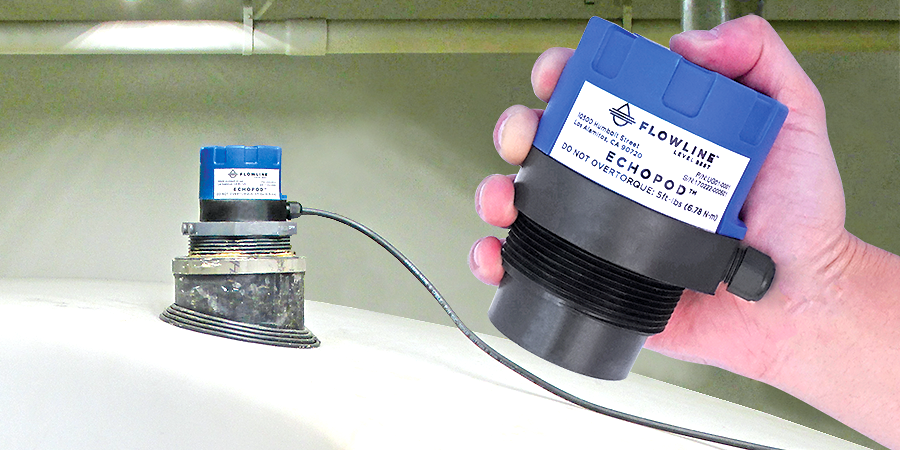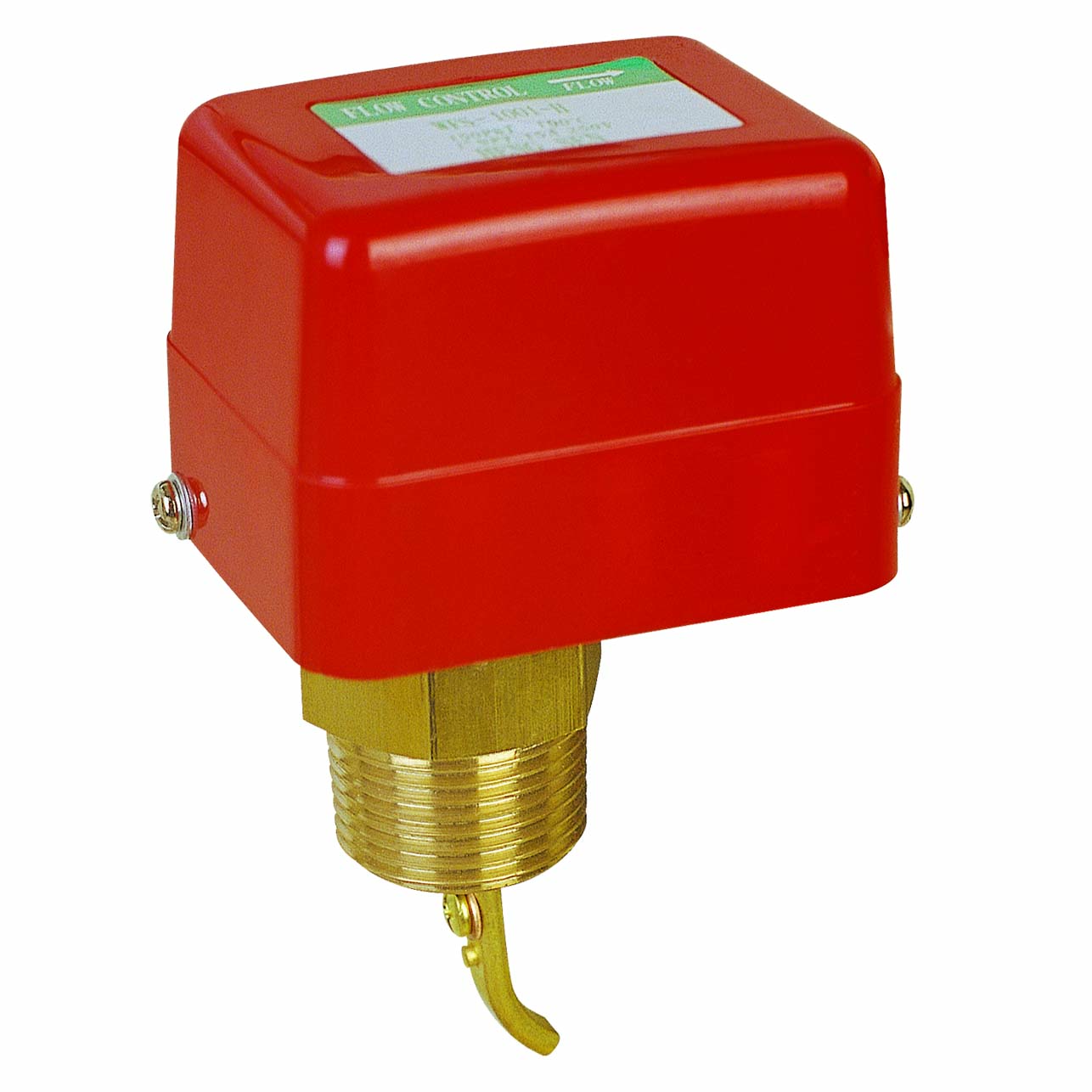Industrial flow switches work on different principles. Each principle depends on the fluid used. Ensure you choose switches carefully before installing.
A flow switch is any device used to monitor, report, and control the flow rate and pressure. Fluids are generally gases or liquids. Flow switches monitor fluid flow continuously or at a given period. Devices that only provide information in a technical sense refers to flow meters or indicators. What makes a real flow switch is the ability to start or stop other components in the system? Let's look at different types of flow switches.
Vane actuated switch
 We guess you are familiar with wind-vanes. These types of switches work on the same principle as wind-vanes. As the name suggests, this device utilizes forces exerted by fluids on vanes to actuate an electric switch. When fluid strikes the vanes, the vanes strike on the pivot point until the vane stops.
We guess you are familiar with wind-vanes. These types of switches work on the same principle as wind-vanes. As the name suggests, this device utilizes forces exerted by fluids on vanes to actuate an electric switch. When fluid strikes the vanes, the vanes strike on the pivot point until the vane stops.
When the vane stops, it moves the magnetic keeper from the magnet. Without the magnet attraction from the magnetic keeper, the switch returns to normal.
The switch is activated depending on a predetermined flow rate. The switch may start or start a pump, depending on its current status; It may open or close valves to restrict fluid flow in a single direction. In systems where there is no automation, the switch sounds alarmed or gives a warning lamp. From this point, the personnel in charge can take-over the process.
Disc actuated switches

Unlike the previous devices, these flow switches use disks to control the fluid motion. The rate of the fluid flow raises or lowers the disc. Raising or lowering of the disk affects the magnetic sleeve. The sleeve works in tandem with the disc. When the flow rate increases, the sleeve moves into the field of the permanent magnet. The magnetic field is outside the magnetic sleeve enclosing tube.
When the sleeve enters the magnetic field, it activates the switch. When the flow drops below the predetermined, use the same principle. The switch intern performs a series of actions depending on its type.
Thermal dispersion Flow Switches
 As the name suggests, these switches rely on heat transfer. The switches consist of two temperature sensors. The first one is used as a reference. At the same time, near the heating element lies the other sensor. When the fluid flows, the temperature difference between the two sensors records. The faster the flow, the quicker the cooling. If there is a reduction in temperature between the two sensors, the switch is activated. The opposite effect works on the same principle.
As the name suggests, these switches rely on heat transfer. The switches consist of two temperature sensors. The first one is used as a reference. At the same time, near the heating element lies the other sensor. When the fluid flows, the temperature difference between the two sensors records. The faster the flow, the quicker the cooling. If there is a reduction in temperature between the two sensors, the switch is activated. The opposite effect works on the same principle.
Ultrasonic switches
 It is a popular type of non-intrusive flow switch. That implies that the switches don't penetrate the wall of the pipe. An ultrasonic switch is always clamped outside the tube. They are the best choice for industrial flow switches.
It is a popular type of non-intrusive flow switch. That implies that the switches don't penetrate the wall of the pipe. An ultrasonic switch is always clamped outside the tube. They are the best choice for industrial flow switches.
They work based on the Doppler effect. A sound signal is sent through the fluid. Bubbles and particles in the fluid refract the signal. Ultrasonic flow switches rely on aeration of the liquid. They are not safe for drinking water; Don't worry! Ultrasonic flow switches work with certain duct types. That is because of the risk of signal interference.
Chiller Flow Switches
 Do you have chilly conditions for your fluids? Chiller industrial flow switch got you sorted. A chiller works on the principle of vapor-compression or absorption. These switches operate in freezing conditions. It is such an excellent principle, Right? Chiller industrial flow switch is versatile and works with both liquids and gases. A chiller is designed to use a vapor compression mechanical refrigeration system.
Do you have chilly conditions for your fluids? Chiller industrial flow switch got you sorted. A chiller works on the principle of vapor-compression or absorption. These switches operate in freezing conditions. It is such an excellent principle, Right? Chiller industrial flow switch is versatile and works with both liquids and gases. A chiller is designed to use a vapor compression mechanical refrigeration system.
Conclusion
Industrial flow switches work on different principles. Each principle depends on the fluid used. Ensure you choose switches carefully before installing. With a wide range of devices, use our guide to make a choice.









*********1@lxheir.com
Was at the beach with friends, just soaking up the sun all day. Back home, I wanted something chill to do online and found a casino site. Saw luckystar casino slots and live games, super easy to use. They give you free spins and a deposit match to start, plus there’s always weekend bonuses or special offers that make it fun—lots to play with there.